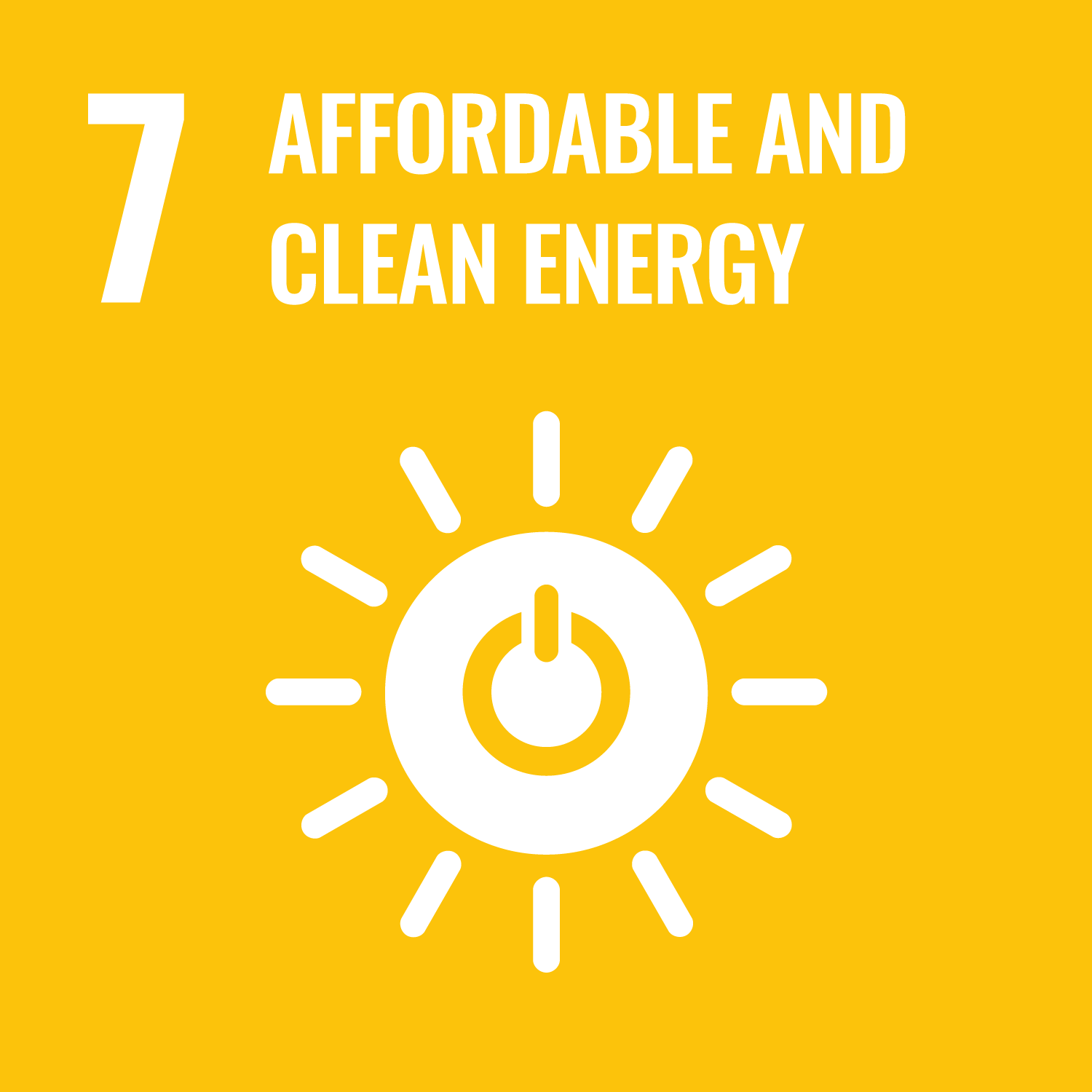Yang, H. orcid.org/0000-0002-7675-1543, Ye, Y. orcid.org/0000-0002-0110-3592, Chu, X. orcid.org/0000-0003-1863-6149 et al. (1 more author) (2022) Energy efficiency maximization for UAV-enabled hybrid backscatter-harvest-then-transmit communications. IEEE Transactions on Wireless Communications, 21 (5). pp. 2876-2891. ISSN 1536-1276
Abstract
Wireless powered communication via backscatter and/or harvest-then-transmit (HTT) has been considered a promising solution to connecting nodes in the Internet-of-things (IoT) networks. However, the harvested energy at an IoT node is heavily limited by the distance between the node and the power beacon (PB) due to the high propagation loss. In this paper, we propose to employ an unmanned aerial vehicle (UAV) as a mobile PB to provide energy signals on demand to the IoT nodes, which convey their information to a reader via backscattering or active transmission using the harvested energy. We maximize the total energy efficiency (EE) of all the IoT nodes powered by the UAV by jointly optimizing the UAV's transmit power and trajectory, the IoT nodes' backscatter reflection coefficients and their transmit power for active transmission, and the time allocation between backscattering and active transmission. To solve the formulated non-linear fractional programming problem, we use the generalized fractional programming theory and a block coordinated decent method to decompose it into two sub-problems: one optimizes the communication resource allocation under a fixed UAV trajectory, and the other optimizes the UAV trajectory for given communication resource allocation. We then devise a Dinkelbach-based iterative algorithm to solve the two sub-problems by employing a Lagrangian dual method and a successive convex programming technique, respectively and iteratively. Simulation results show that our proposed iterative algorithm converges very fast, and the optimized UAV-enabled hybrid backscatter-HTT communication achieves a much higher EE of all the IoT nodes than the benchmark schemes including the UAV-enabled backscatter, UAV-enabled HTT, and hybrid BackCom-HTT with a fixed PB.
Metadata
| Item Type: | Article |
|---|---|
| Authors/Creators: | |
| Copyright, Publisher and Additional Information: | © 2021 IEEE. Personal use of this material is permitted. Permission from IEEE must be obtained for all other users, including reprinting/ republishing this material for advertising or promotional purposes, creating new collective works for resale or redistribution to servers or lists, or reuse of any copyrighted components of this work in other works. Reproduced in accordance with the publisher's self-archiving policy. |
| Keywords: | Backscatter; Resource management; Trajectory; Wireless communication; Throughput; Radio frequency; Hybrid power systems |
| Dates: |
|
| Institution: | The University of Sheffield |
| Academic Units: | The University of Sheffield > Faculty of Engineering (Sheffield) > School of Electrical and Electronic Engineering |
| Funding Information: | Funder Grant number EUROPEAN COMMISSION - HORIZON 2020 734798 |
| Depositing User: | Symplectic Sheffield |
| Date Deposited: | 20 Jan 2025 11:52 |
| Last Modified: | 20 Jan 2025 11:58 |
| Status: | Published |
| Publisher: | Institute of Electrical and Electronics Engineers (IEEE) |
| Refereed: | Yes |
| Identification Number: | 10.1109/twc.2021.3116509 |
| Related URLs: | |
| Sustainable Development Goals: | |
| Open Archives Initiative ID (OAI ID): | oai:eprints.whiterose.ac.uk:221953 |


 CORE (COnnecting REpositories)
CORE (COnnecting REpositories) CORE (COnnecting REpositories)
CORE (COnnecting REpositories)